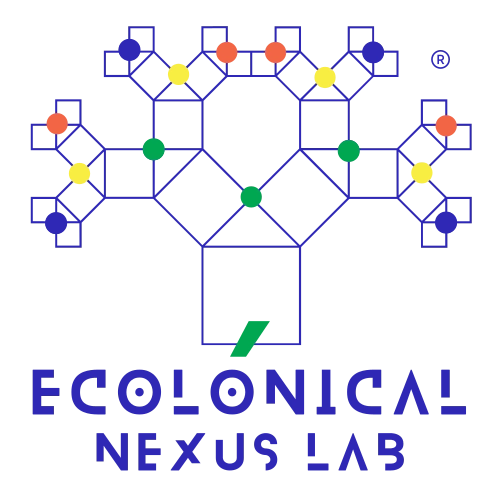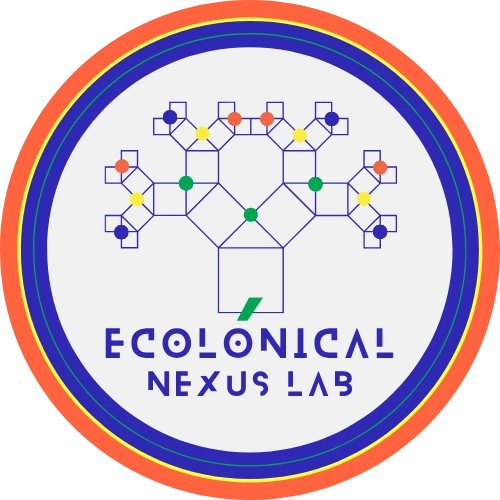No products in the cart.

5 Powerful Insights into the Future of Water Management: Innovation or Illusion?
Water management is a cornerstone of sustainability in the 21st century, shaping how humanity protects, allocates, and uses our planet’s most vital resource. As climate change accelerates, extreme weather events—ranging from prolonged droughts to flash floods—are placing unprecedented strain on global water systems.
At the same time, industrial discharge, agricultural runoff, and insufficient sanitation are degrading water quality, threatening biodiversity, and endangering human health. In response, a wave of technological advancements—from AI-driven monitoring to renewable-powered desalination—has emerged, promising a revolution in conservation and distribution.
Yet a central question remains: Are these innovations genuine, scalable solutions to our water crisis, or do they risk creating an illusion of progress while deeper systemic challenges remain unresolved?
Contents
- AI in Water Management: A Game-Changer or Overhyped Tool?
- Smart Water Grids: Revolutionizing Supply or Ignoring Reality?
- Desalination and Water Recycling: True Solutions or Stopgaps?
- Geospatial Data: Precision or Partial Solution?
- Policy and Innovation: Partners or Opponents?
- Conclusion: Innovation or Illusion?
- References
- Further Reading: Resources on Water Management
- FAQ: Critical Questions About Water Management Innovation
- Are current water management strategies truly addressing root causes or just symptoms?
- Can AI in water management be effective without solving data inequality?
- Do desalination and water recycling create more problems than they solve?
- Are communities being empowered or sidelined in water governance decisions?
- Should cities invest in smart water grids before fixing basic infrastructure?
- Author
AI in Water Management: A Game-Changer or Overhyped Tool?
Artificial intelligence has the potential to transform water management by leveraging data analytics, machine learning, and predictive algorithms. AI platforms can forecast demand, detect quality anomalies in real time, and automate responses to contamination events.
For example, in urban contexts, AI can integrate weather forecasts, consumption trends, and reservoir data to optimize allocation and minimize waste. In agriculture, precision irrigation powered by AI can deliver the right amount of water at the right time, boosting yields while conserving resources.
However, AI’s effectiveness depends on high-quality, comprehensive datasets. Many regions—particularly in developing countries—lack the infrastructure to collect and manage this data. Without investments in foundational systems, AI could deepen global inequalities, benefiting wealthy, tech-ready regions while leaving water-stressed communities behind.
Smart Water Grids: Revolutionizing Supply or Ignoring Reality?
Smart water grids integrate sensors, automation, and analytics to create responsive, efficient water management systems. They can detect leaks before they escalate, balance supply during peak demand, and adjust water pressure to protect infrastructure.
In theory, this could save millions of liters daily in major cities. However, these systems require significant financial investment, political commitment, and skilled personnel. Rural areas and low-income nations often struggle to maintain even basic pipelines, making high-tech grids an unrealistic short-term goal.
This raises an important question: Should governments prioritize advanced technologies or focus first on ensuring universal access to clean, safe water through traditional infrastructure? Without a balanced strategy, smart grids risk becoming symbols of progress that fail to deliver equitable outcomes.
Desalination and Water Recycling: True Solutions or Stopgaps?
Desalination and water recycling have gained attention as transformative solutions in water management. Innovations like energy-efficient reverse osmosis and solar-powered plants have reduced the environmental footprint of desalination. Water recycling, meanwhile, turns treated wastewater into potable water, easing pressure on freshwater reserves.
Yet these technologies come with trade-offs. Desalination produces brine that, if unmanaged, can damage marine ecosystems. Water recycling demands complex infrastructure, high operational costs, and often faces public skepticism. Policymakers must weigh these costs against benefits, ensuring that such solutions form part of a broader, sustainable water strategy.
Geospatial Data: Precision or Partial Solution?
Geospatial technologies have become powerful allies in water management. Through satellite imagery, GIS mapping, and remote sensing, agencies can monitor watersheds, detect illegal extraction, and map contamination with unprecedented accuracy.
For instance, evapotranspiration models can identify over-irrigated farmland, allowing targeted conservation efforts. However, data alone is insufficient. Without strong governance, adequate funding, and enforcement mechanisms, these insights may remain unused, limiting their potential to drive meaningful change.
Policy and Innovation: Partners or Opponents?
Technological innovation in water management often moves faster than policy adaptation. While startups and research labs push boundaries, outdated regulations can slow or even block deployment of cutting-edge solutions such as decentralized treatment facilities or peer-to-peer water trading systems.
To bridge this gap, policymakers must adopt flexible frameworks that encourage innovation while protecting public interests. International cooperation is equally vital, as water scarcity transcends borders. Without collaborative governance, advances may remain localized, failing to address the global scale of the crisis.
Conclusion: Innovation or Illusion?
The future of water management is filled with promise, from AI-driven forecasting to renewable-powered desalination. But technology is not a silver bullet. Achieving lasting impact requires integrating innovation with equitable policies, robust infrastructure, and inclusive governance.
A sustainable future will depend on making these tools accessible to all communities, not just the most advanced. The challenge is to ensure that innovation is not just an illusion of progress but a catalyst for systemic change that protects water resources for generations to come.
References
Further Reading: Resources on Water Management
A curated set of resources on water management, conservation, and technology. These links extend the themes explored in this article and support deeper learning and practical action.
Research Platforms & Tools
- International Water Management Institute (IWMI) – Research-driven solutions for sustainable water use in agriculture, cities, and ecosystems.
- Waterwise – Independent UK NGO promoting water efficiency and demand reduction.
- Water Articles (Ecolonical) – In-depth internal articles on policy, technology, governance, and sustainability in water systems.
Community-Based Water Initiatives
- Riverkeeper – Community-driven advocacy and monitoring to protect waterways.
- Global Water Forum – Analysis on global water governance, policy, and practice.
- Water Management & Conservation Resources (Ecolonical) – Curated internal recommendations on tools, methods, and best practices.
- Films on Water Conservation, Access & Sustainability (Ecolonical) – Documentaries and videos for education and outreach.
Learn the Basics
- Water Hub (Ecolonical) – Gateway page to key topics, guides, and research on water.
FAQ: Critical Questions About Water Management Innovation
Are current water management strategies truly addressing root causes or just symptoms?
Can AI in water management be effective without solving data inequality?
Do desalination and water recycling create more problems than they solve?
Are communities being empowered or sidelined in water governance decisions?
Should cities invest in smart water grids before fixing basic infrastructure?
Author
-

Milena-Jael Silva-Morales is a systems engineer with a PhD in Urban and Territorial Systems and the founder of Ecolonical LAB, an independent research lab integrating data science, AI, and territorial systems to address local and global sustainability challenges. With over 15 years of experience leading international, multidisciplinary R&D initiatives, she is recognized for bridging science, technology, and policy to deliver transformative solutions in water, energy, and biodiversity systems.
View all posts
This article is governed by the Ecolonical Open Knowledge License (EOKL Lite V1). This license explicitly prohibits the use of its contents for AI model training, dataset integration, algorithmic processing, or automated decision-making systems. Unauthorized computational aggregation, reproduction beyond permitted terms, and any use conflicting with open knowledge principles are strictly restricted.
For legally binding terms, compliance obligations, and permitted exceptions, refer to the License Usage Policy.
Under specific conditions, this content aligns with the Creative Commons Attribution-NonCommercial-ShareAlike 4.0 International License. However, any AI-related processing, direct commercial exploitation, or automated derivative work remains subject to EOKL Lite V1 restrictions.






Leave a Reply